There are for instance 22 species of the genus Sphaerodactylus in Cuba, and till now we had never had so much as a sniff of one. They are all quite brightly coloured, and small - about two or three inches long fully grown. Sphaerodactylus means 'round feet'. Carlos the bird guide had shown us a photo a few days ago on his camera of a 'lizard' with a dark body and bright orange head. He didn't have a name for it but said they were nocturnal and had seen them in a friend's garden not far away. So this morning we had a taxi arranged to take us there to see if we could find them. Carlos quickly found one under a small built-in table but getting pictures was impossible and it soon shot up the wall and under the tin roof. So we turned our attention to a couple of woodpiles in the garden.
|
There is a huge list of reptiles and amphibians, many of them endemic, that have been found on Cuba - and there are undoubtedly more to be discovered. I used to wonder why, although we see some species regularly, we don't often see new species. The reason of course is pretty obvious really, and that is that many of them are nocturnal. So unless you specifically go looking for them in the right habitat you are unlikely to see them. But going out at night with a torch in the right habitat greatly improves your chances. It's not something that we have done yet but our friends Felix and Sandy at Gibara have done so with good success and so we are definitely going to give this a go on one of our future trips. There are for instance 22 species of the genus Sphaerodactylus in Cuba, and till now we had never had so much as a sniff of one. They are all quite brightly coloured, and small - about two or three inches long fully grown. Sphaerodactylus means 'round feet'. Carlos the bird guide had shown us a photo a few days ago on his camera of a 'lizard' with a dark body and bright orange head. He didn't have a name for it but said they were nocturnal and had seen them in a friend's garden not far away. So this morning we had a taxi arranged to take us there to see if we could find them. Carlos quickly found one under a small built-in table but getting pictures was impossible and it soon shot up the wall and under the tin roof. So we turned our attention to a couple of woodpiles in the garden. There was a large tarantula spider underneath the pile which made things interesting but Lynn and I watched Carlos do the hard work and tried to get pictures. There was a surprising number of reptiles here of five or six species but they were quick and so getting pictures wasn't easy. We had no idea what they were at the time but subsequent research has shown these to be Neotropical Clawed Gecko Gonatodes albogularis. These are males with orange-brown heads while the females are grey. And then there was what appears to be two other Gecko species, one with a long narrow tail with about eight dark rings, and the other with a shorter tail with a broad base. The first of the has now been identified by Javier Torres Lopez as Tropical House Gecko Hemidactylus mabouia. Thank you Javier. And perhaps the other is in the genus Sphaerodactylus but I'm really not sure. I also need to invest in a decent 100mm macro lens as the pictures are not great. There were also two or three individuals of our first Sphaerodactylus. These have the round toes without the claws of the geckos above and are Sphaerodactylus nigropunctatus Three-banded Sphaero - one of only two Sphaero species found in this area. How cute are they!! What a brilliant way to spend a few hours and that was a real eye opener into a completely new world. We are just going to have to do this again. The mother of Ricardo, our taxi driver last week, lives only a short way away in Fray Benito and Ricardo assured us that she gets Bee Hummingbird in her garden so we thought we had better go and introduce ourselves. She was happy to let us walk around her garden and the neighboring plot where we saw 25 butterfly species but no Bee Hummingbirds though the flowering bush that they especially like to nectar on was there. Note the really long tongue of Monk Skipper Asbolis capucinus that likes to nectar on large trumpet flowers. On the way back to the hotel our taxi gave an ominous clunk and David quickly pulled over. He soon had the wheel off and if I understood him correctly the drive shaft had broken. A quick phone call to Joel who lived not far away to come and rescue us and he turned up 10 minutes later. Seeing the wheel off on the other car made Joel remember that he had only finger tightened the wheel nuts on his own front wheel from when he had been working on it earlier. He borrowed David's wheel brace to tighten the nuts as he had left his at home - I'm glad he remembered, there is never a dull moment in Cuba. We were sorry to leave David by the roadside but he assured us he would soon have it fixed. Back at the hotel a Leiocephalus carinatus Saw-scaled Curlytail posed nicely on a weather-worn tree stump. Walking to the restaurant in the evening we stopped to watch the lantana at dusk as a noctuid moth Melipotis januaris spent a while nectaring on the flowers. The final excitement of the evening was watching lots of fruit bats coming to feed on the ripe fruits of a Sea grape tree Coccoloba uvifera just outside the Luna reception.
0 Comments
Leave a Reply. |
Welcome to our Blog
Here we will post interesting news about what we and others have seen in Cuba. Archives
July 2024
Categories |
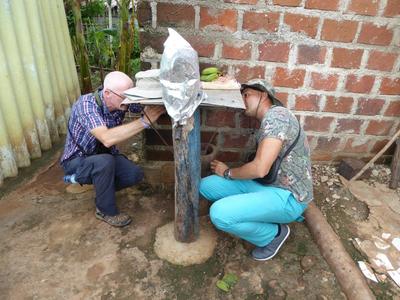
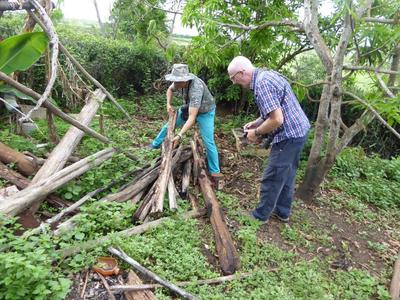

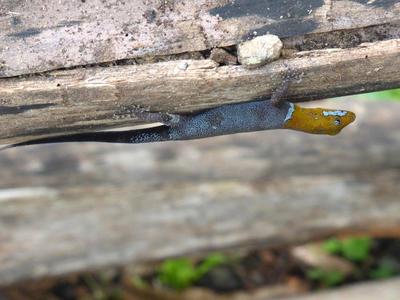
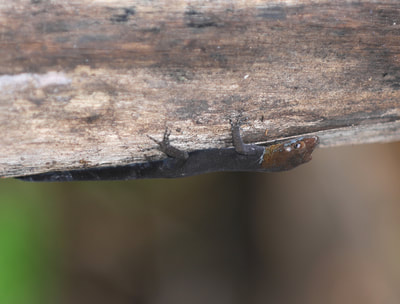
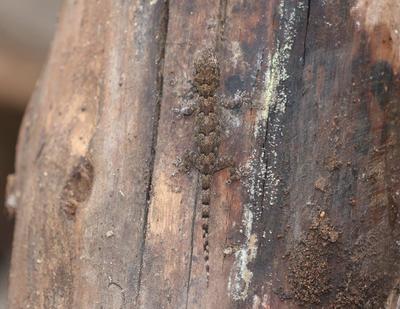
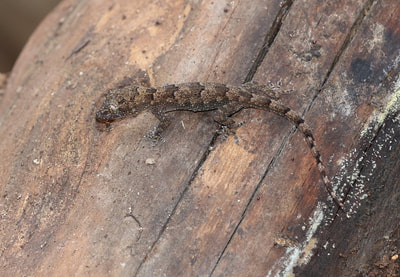
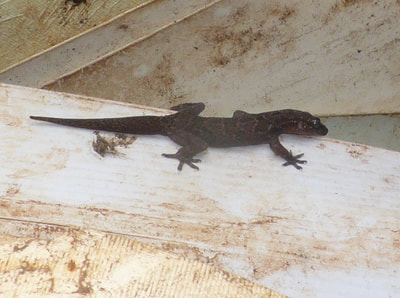
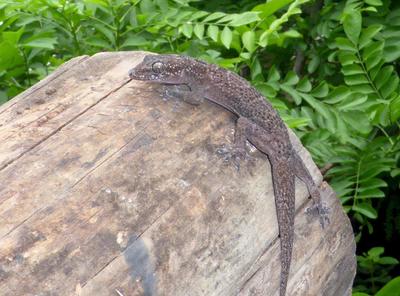
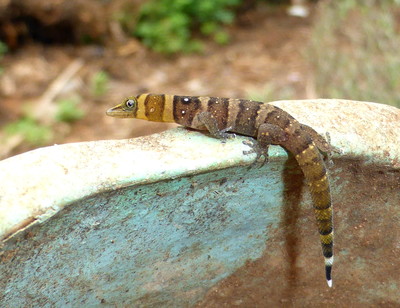
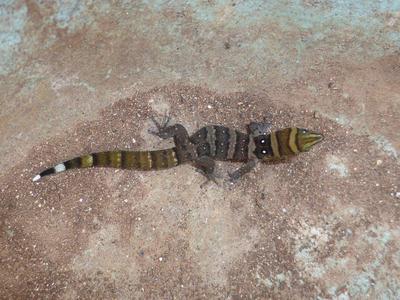
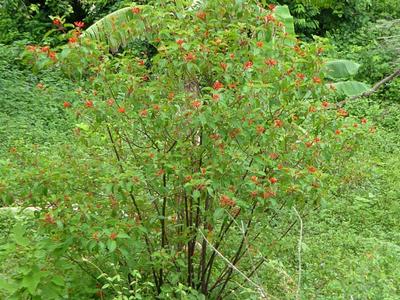
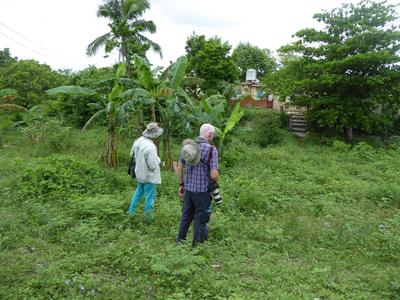
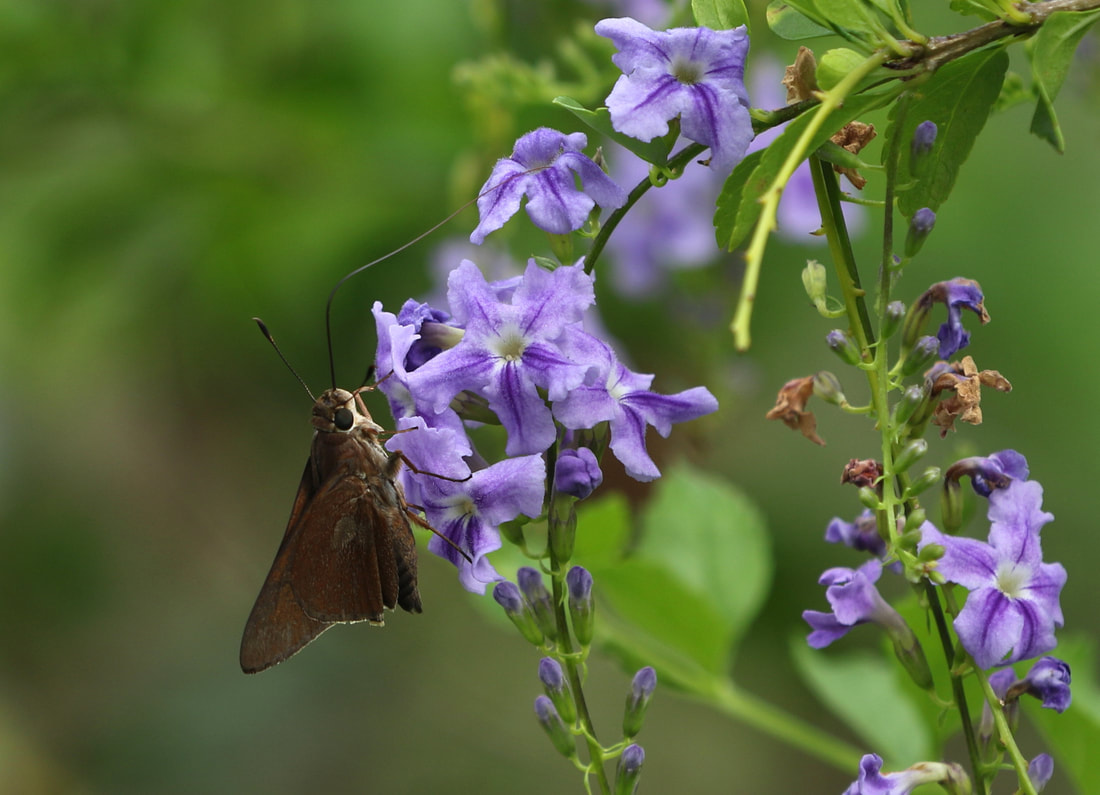

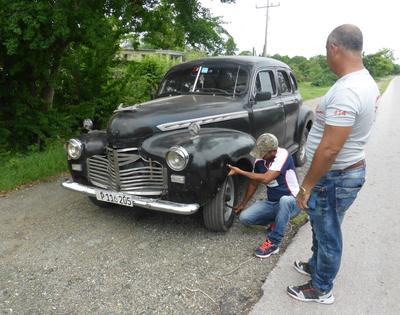
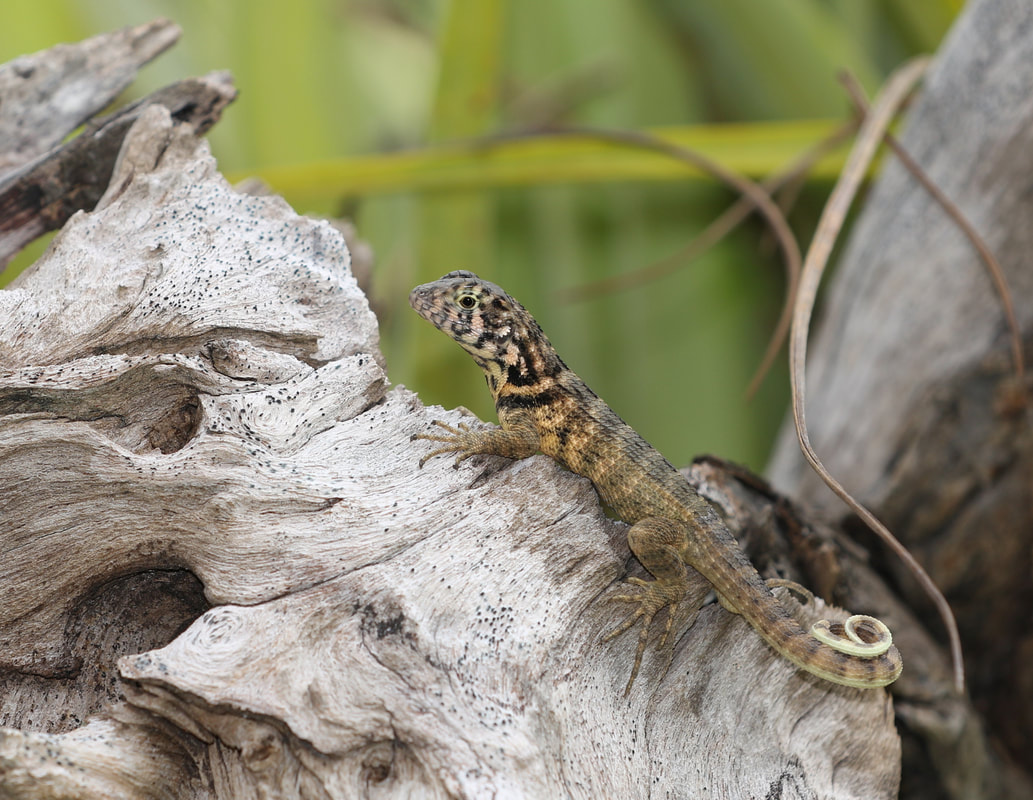
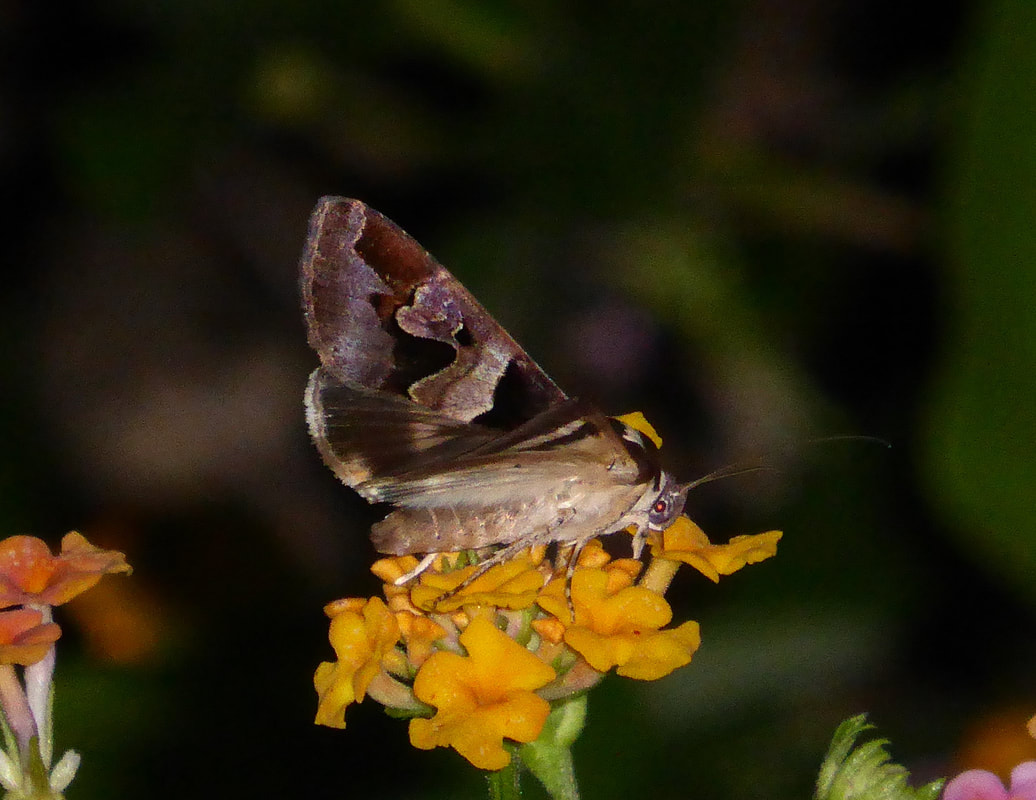
 RSS Feed
RSS Feed